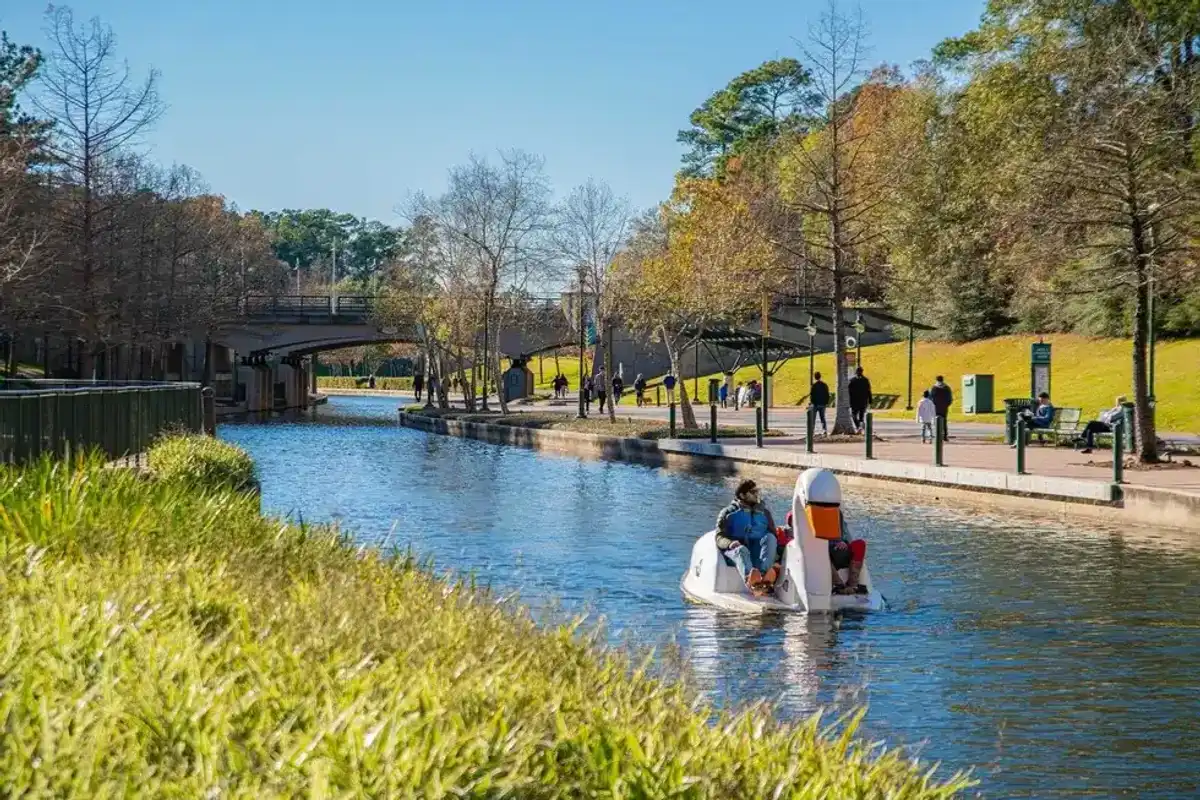University of Houston gets $2M to launch innovative transportation-focused cybersecurity center
traffic safety
The University of Houston is now leading a national consortium focused on cybersecurity in the transportation sector.
Known as the Transportation Cybersecurity Center for Advanced Research and Education, or CYBER-CARE, it's backed by a $2 million grant from U.S. Department of Transportation for its first year, with anticipated total federal funding of $10 million over five years, as part of the department's University Transportation Centers program that aims to address a number of topics in the field.
UH's center aims to "establish a fundamental knowledge base and explore advanced theories of how to best mitigate impacts of potential large-scale cyberattacks on transportation infrastructure," according to a release from the university. This includes protecting vehicle control systems, developing industry-wide best practices, responding to potential cyber incidents and introducing ways to recover quickly from cyber incidents in traffic networks.
CYBER-CARE is led by Yunpeng “Jack” Zhang, associate professor in the Department of Information Science Technology at the UH and director of the center.
"Our goal to make our intelligent transportation system (ITS) safer for all road users. That aligns well with the USDOT’s strategic goal of improving safety,” Zhang explained in a statement. “We also will promote interdisciplinary research and education across the transportation and cybersecurity domains.”
The center opened earlier this year within UH's Cullen College of Engineering’s Division of Technology. Houston and Texas colleges Rice University and Texas A&M University-Corpus Christi have joined the consortium with UH, along with Embry-Riddle Aeronautical University, University of Cincinnati and University of Hawai‘i at Mānoa.
The DOT's University Transportation Centers first launched in 1988 to conduct research. Support has ebbed and flowed over the years, but has seen some uptick recently. The Biden Administration's 2021 Bipartisan Infrastructure Law authorized 35 UTCs to receive a total of $90 million in funding from 2022 to 2026 to address issues like traffic congestion, safety, infrastructure durability and cybersecurity risks.
According to the DOT's website there are other Texas UTCs at University of Texas at Austin, University of Texas Arlington, Texas A&M University College Station, Prairie View A&M University and Texas State University.
Last year, Texas A&M also launched a new institute for research and education regarding cybersecurity. The Global Cyber Research Institute was funded by $10 million in gifts from former Texas A&M student Ray Rothrock, a venture capitalist and cybersecurity expert, and other donors.
- Houston cybersecurity startup nabs Chevron partnership ›
- Texas A&M receives $10M to create cybersecurity research program ›
- Houston college system opens new cybersecurity training facility ›
- University of Houston reveals cohort of Chevron-backed program - InnovationMap ›
- University of Houston, Rice University named as top schools on new report - InnovationMap ›
- UH program established from Wayne Duddlesten Foundation grant - InnovationMap ›
- Houston health care leader secures funding, milestones for latest initiatives across cancer, stroke, and more - InnovationMap ›





